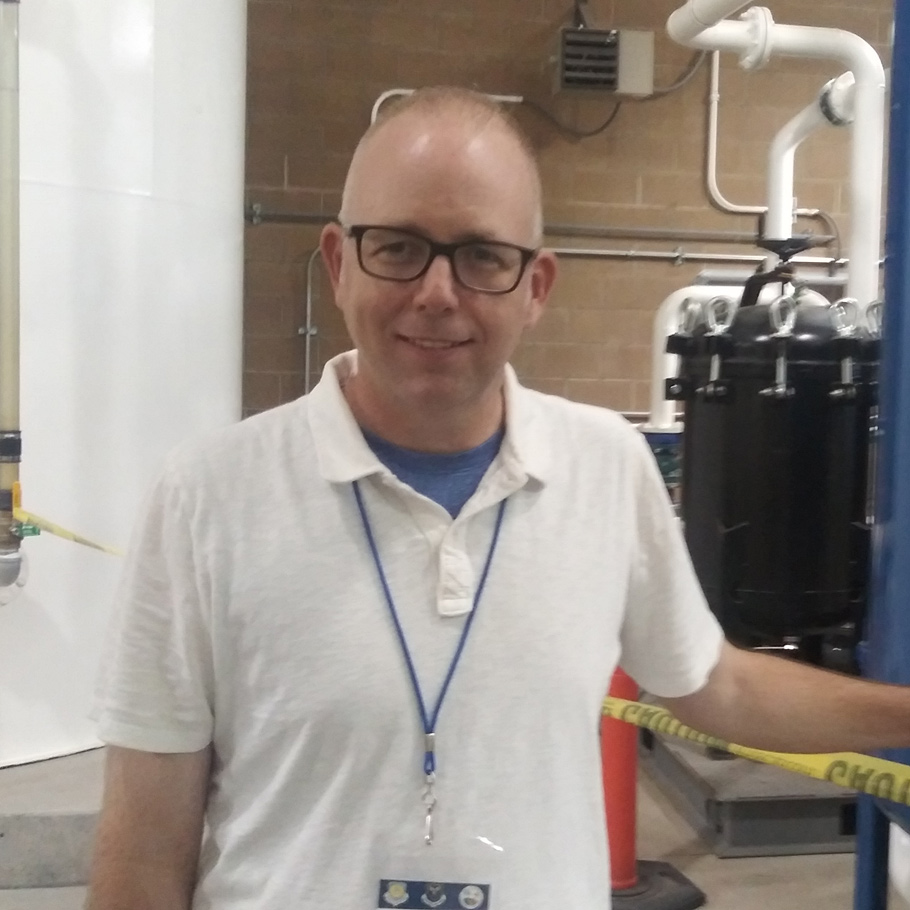Fuel Spill Committee Part Iii
The Us Air Force Responds


Inside the Kirtland Air Force Base Groundwater Treatment Facility
August March
Latest Article|September 3, 2020|Free
::Making Grown Men Cry Since 1992


Inside the Kirtland Air Force Base Groundwater Treatment Facility
August March

